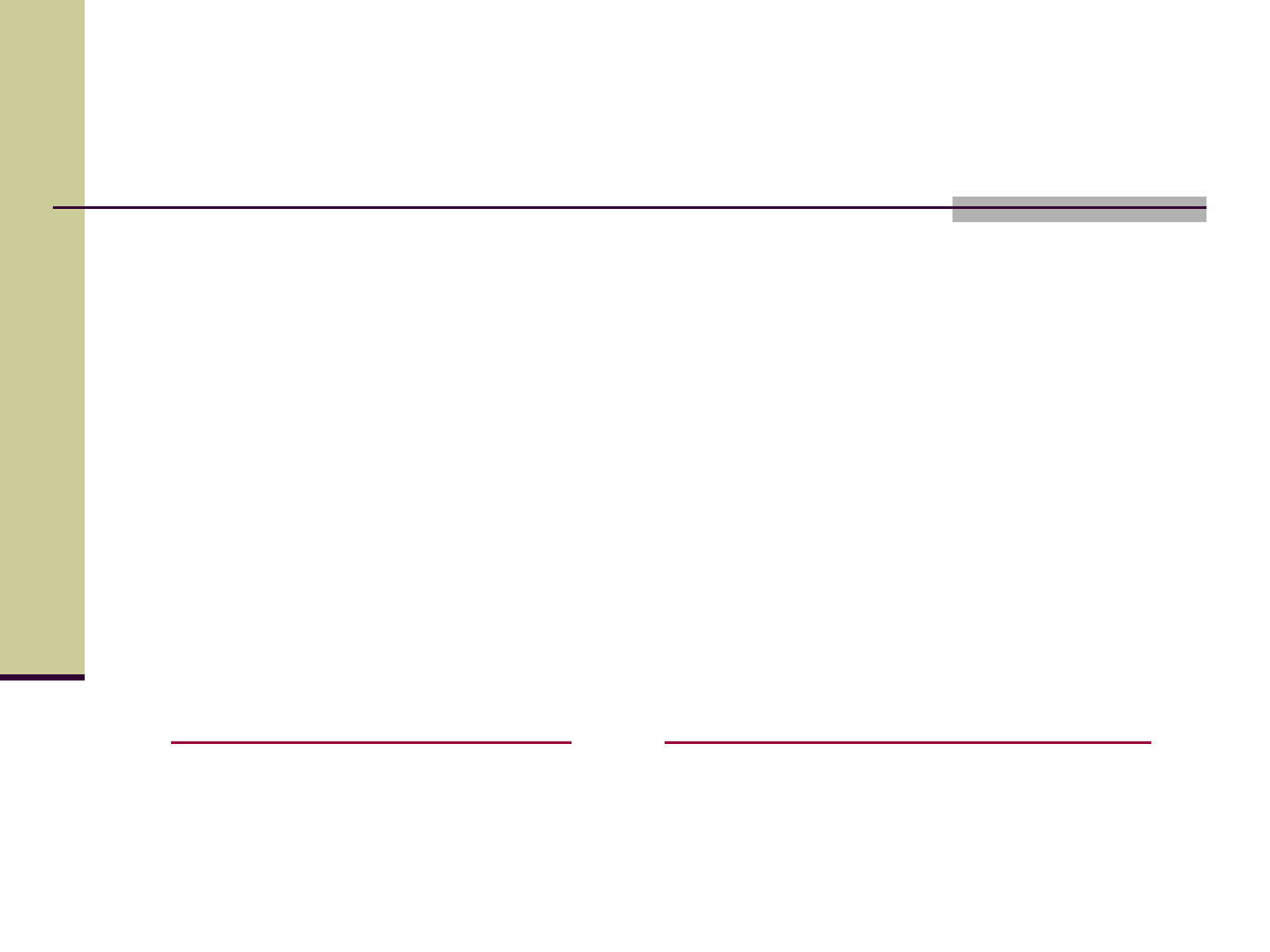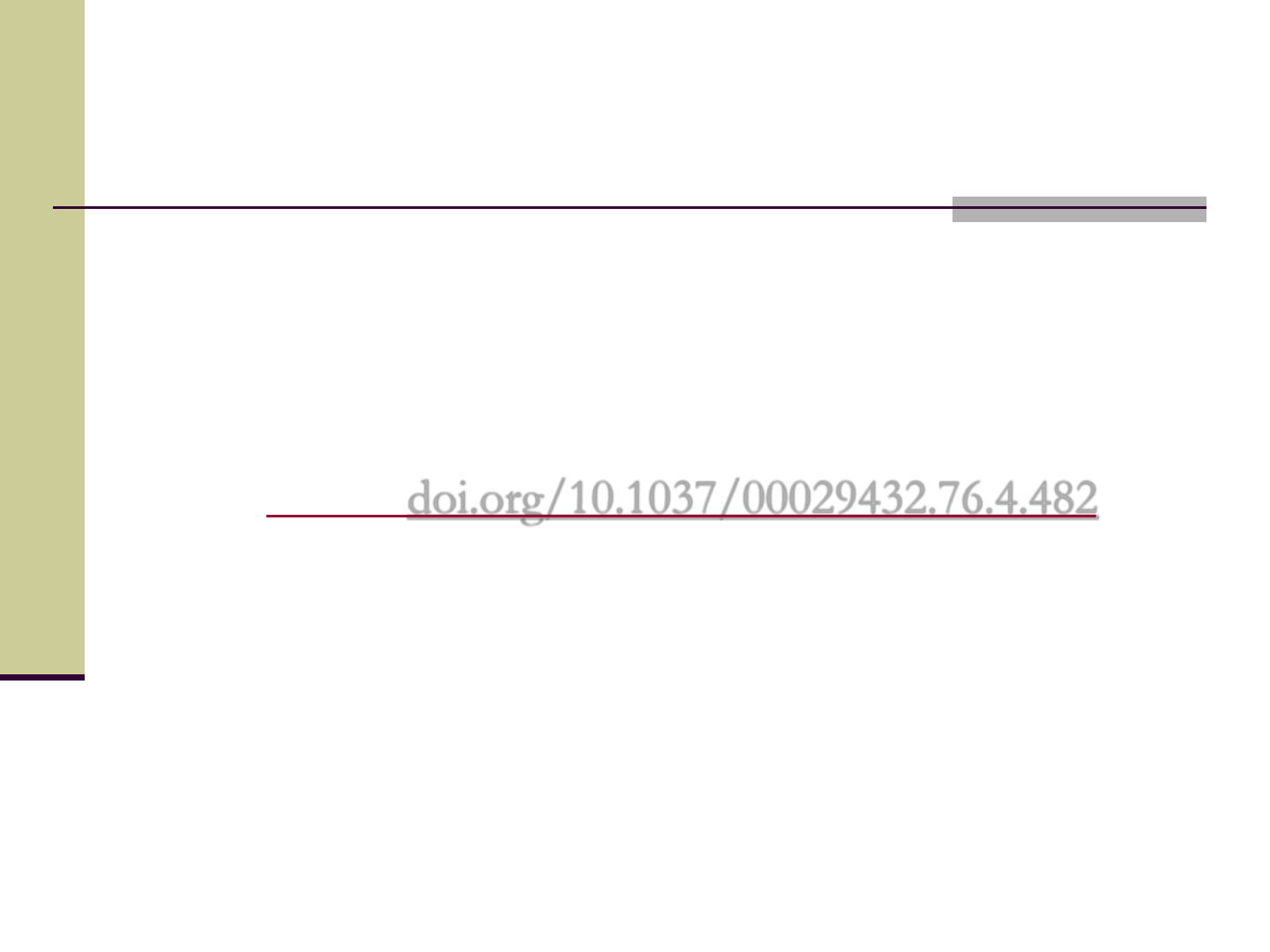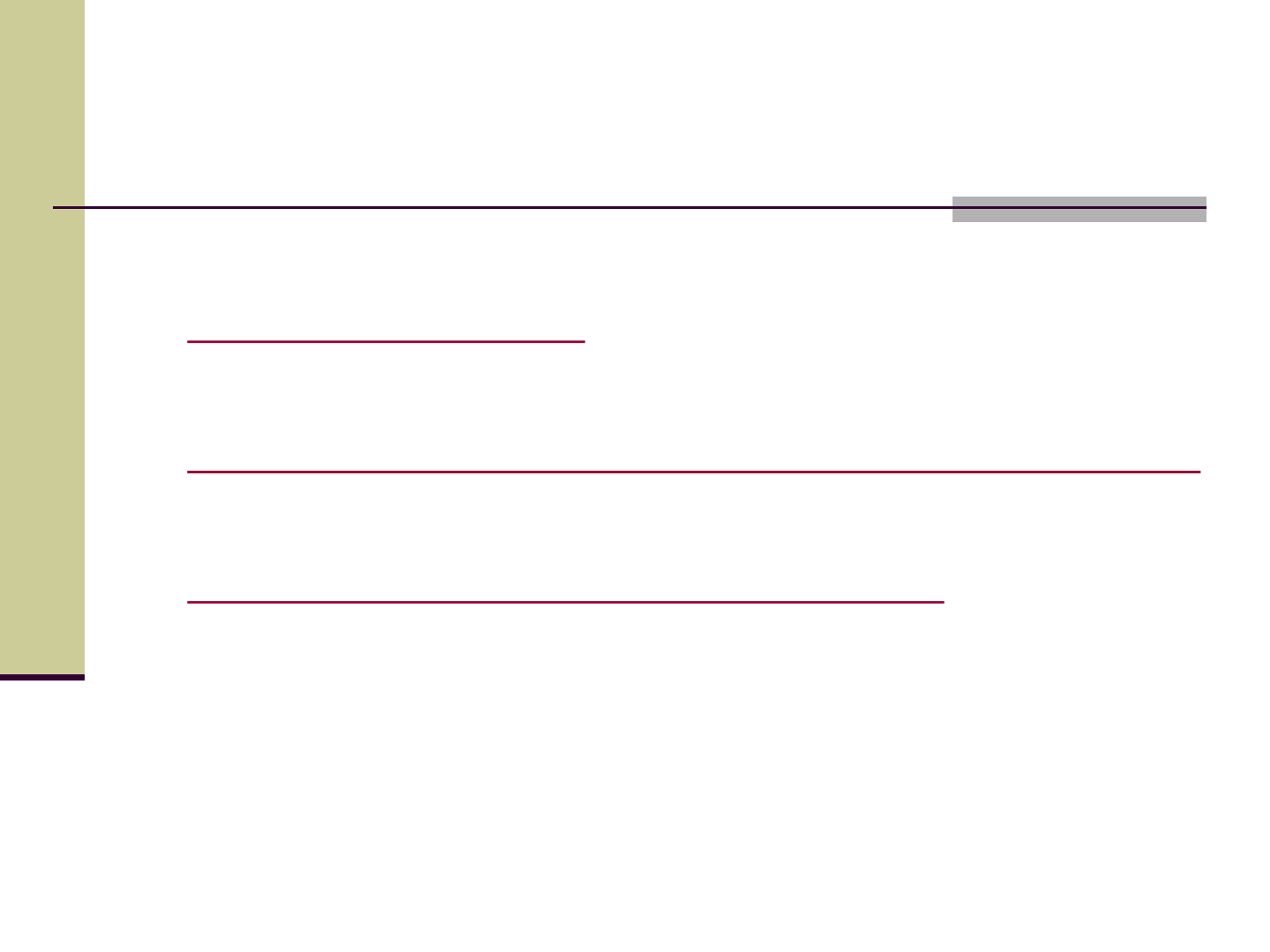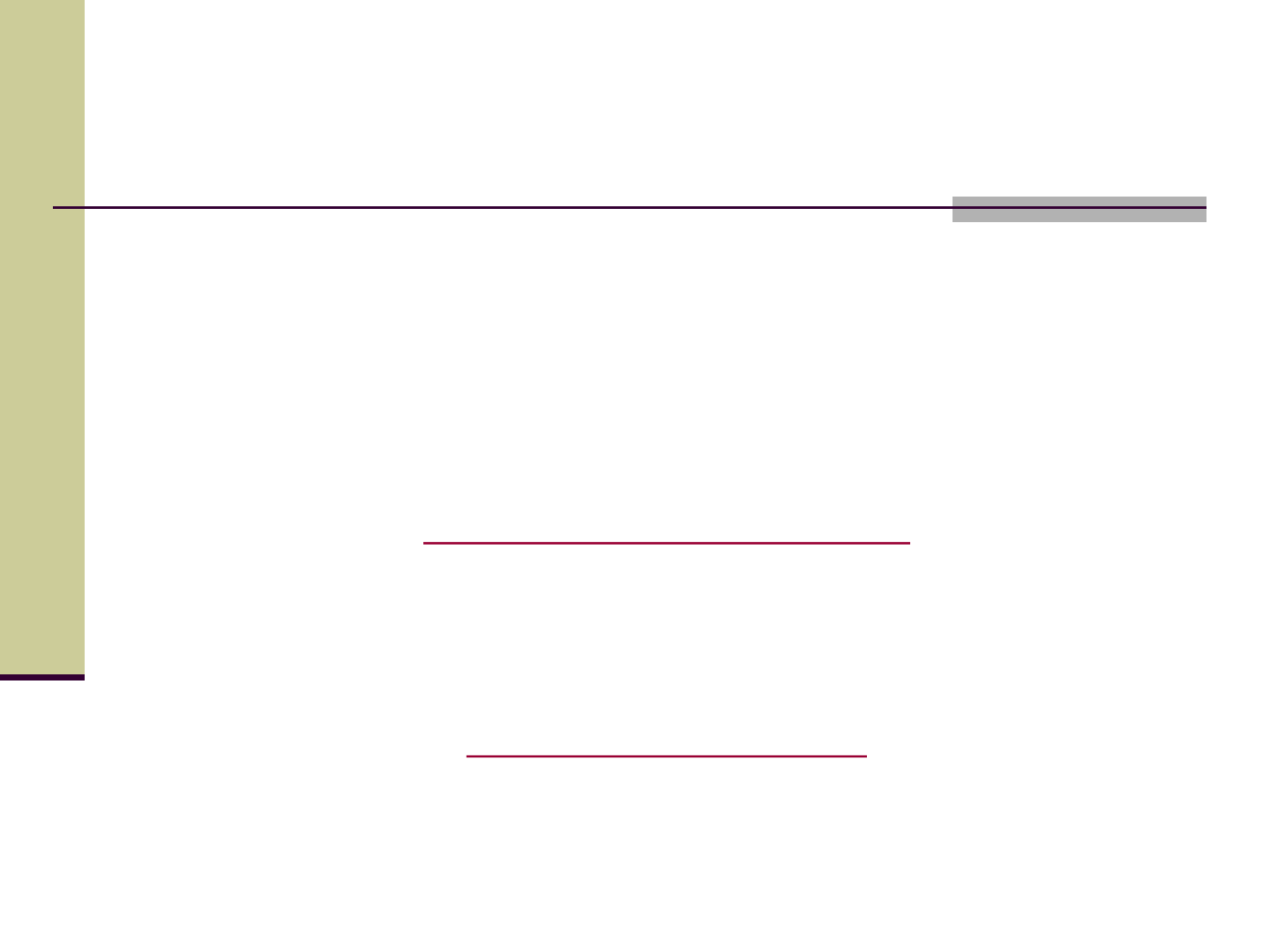
Objectives
At the end of this presentation, the learner will
have increased awareness/knowledge re:
Background of APA/What is APA?/Why do we
need APA?
General APA style “rules”
Expectations at Centre for Nursing Studies
2
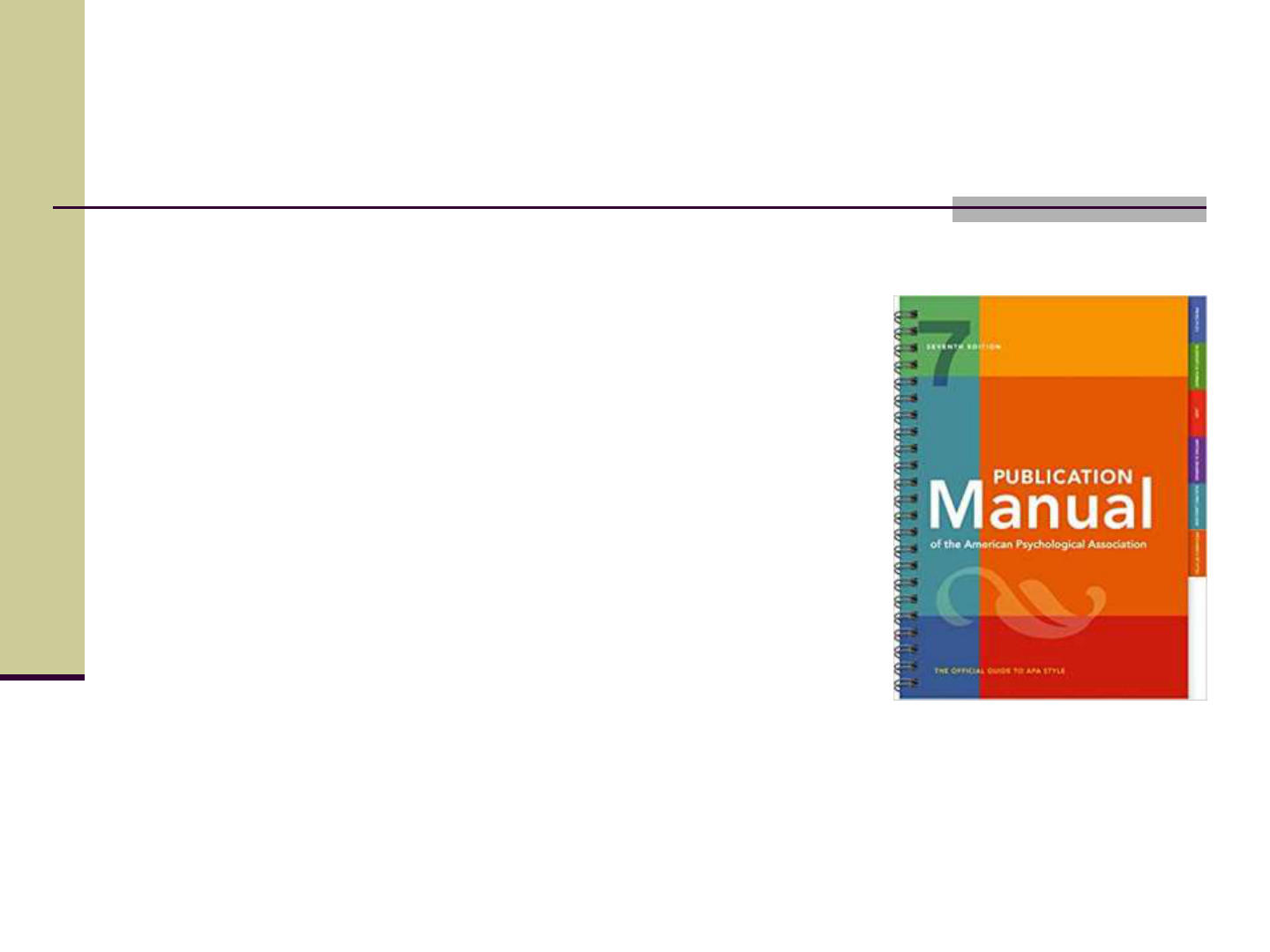
What is APA?
• APA: American Psychological
Association
• Provides writers with a referencing
system that allows readers to locate
the information used in a paper
• Gives credit to the sources of info
used- you must credit the work that
is not yours
• APA is now in its 7
th
edition
3

What is APA? (cont).
The proper use of APA style also shows the credibility of
writers: writers show accountability to the source of their
material
Most importantly, use of APA style can protect writers from
plagiarism--the purposeful or accidental use of source material
by other writers without giving appropriate credit
Other referencing systems: MLA, Chicago Style, AMA
APA has been adopted by many of the social sciences as the
formatting choice (nursing, psychology, social work, etc.)
4

What does APA Standardize?
APA Standardizes:
Stylistics
Format
References
(a list of all sources
used in the paper)
5
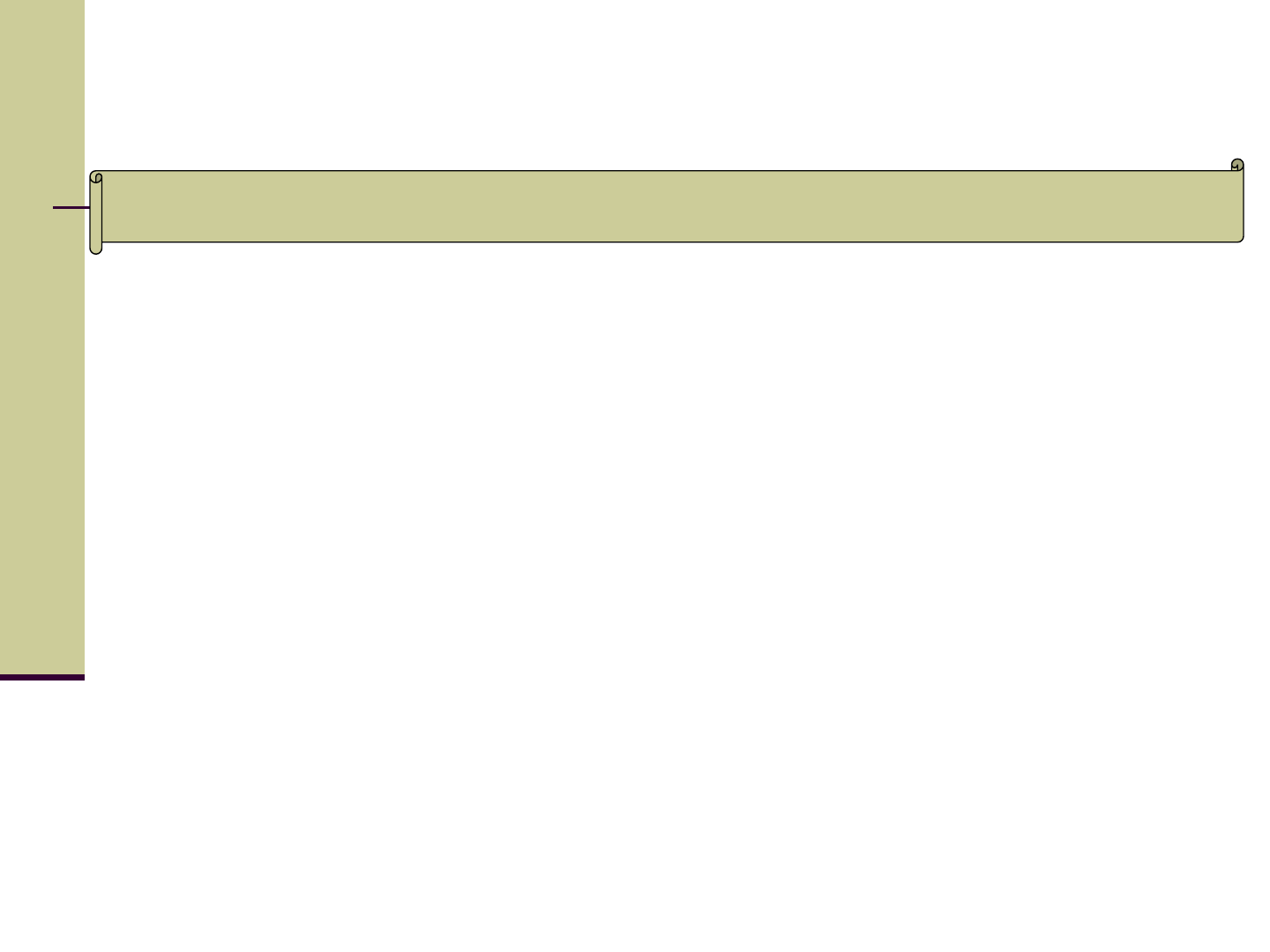
Be Clear - be specific in descriptions and explanations
Be Concise - condense information when you can
Be Plain - use simple, descriptive adjectives and minimize the
figurative language
Use inclusive and bias-free language
Use “they” or “their” as a gender-neutral pronoun instead of
“he” or “she”
Use descriptive phrases as labels for groups of people –
instead of “the poor” use “People living in poverty”
Use exact age ranges – instead of “People over 40 years old”
use “People in the age range of 40 to 50 years old”
Language in an APA paper should:
APA Stylistics
6

General Format Expected
typed, double-spaced
on standard-sized paper (8.5”x11”)
have 1 inch margins on all sides (under page set-up)
Fonts: Calibri 11, Arial 11, Lucida Sans Unicode 10,
Times New Roman 12, and Georgia 11
have a number on every page
single space after period/new sentence
Your paper should include all of the following
elements:
7
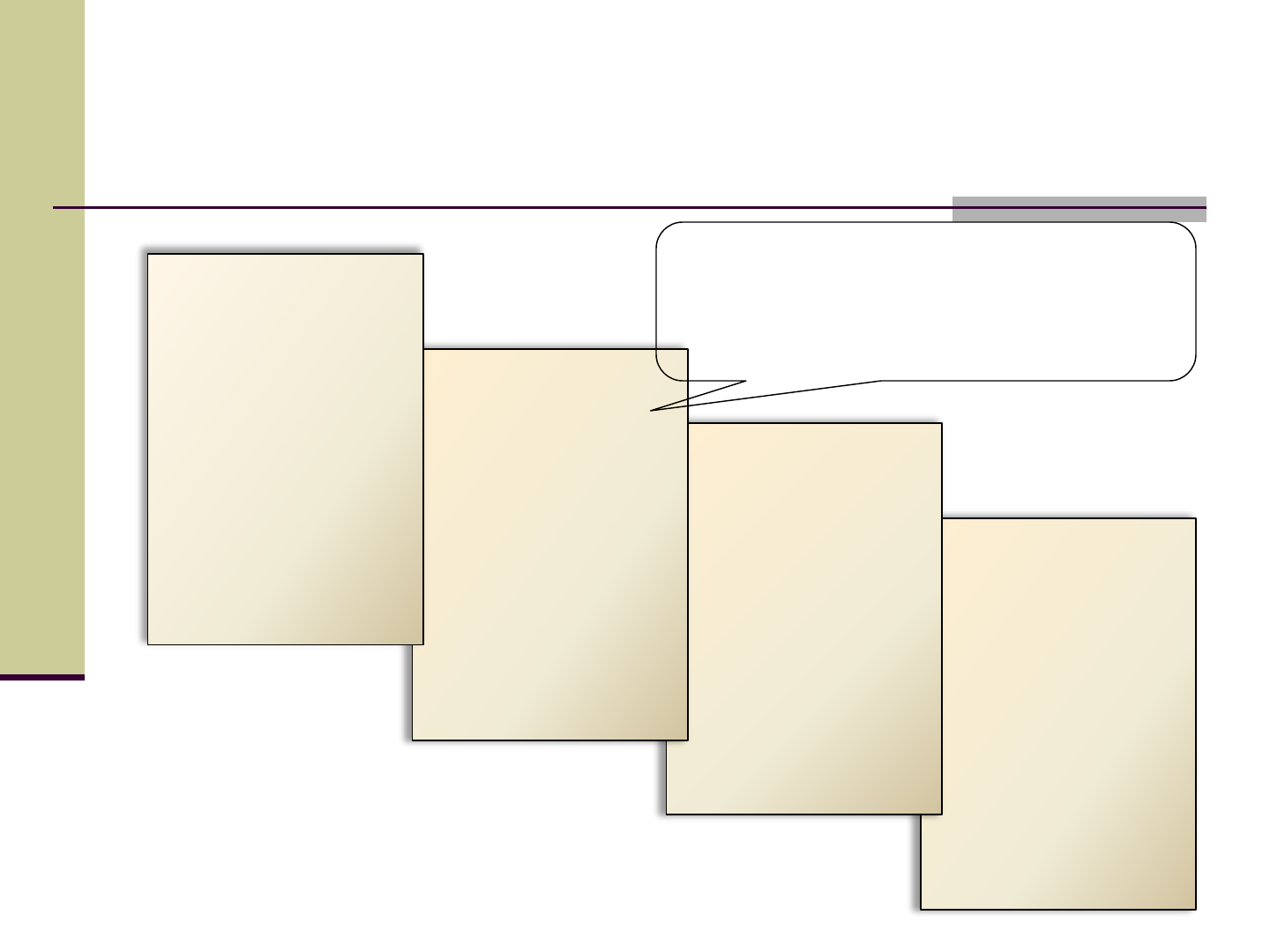
References
Main Body
Table of
Contents
General Format (cont).
Title Page
Your paper should
include 4 major sections
8
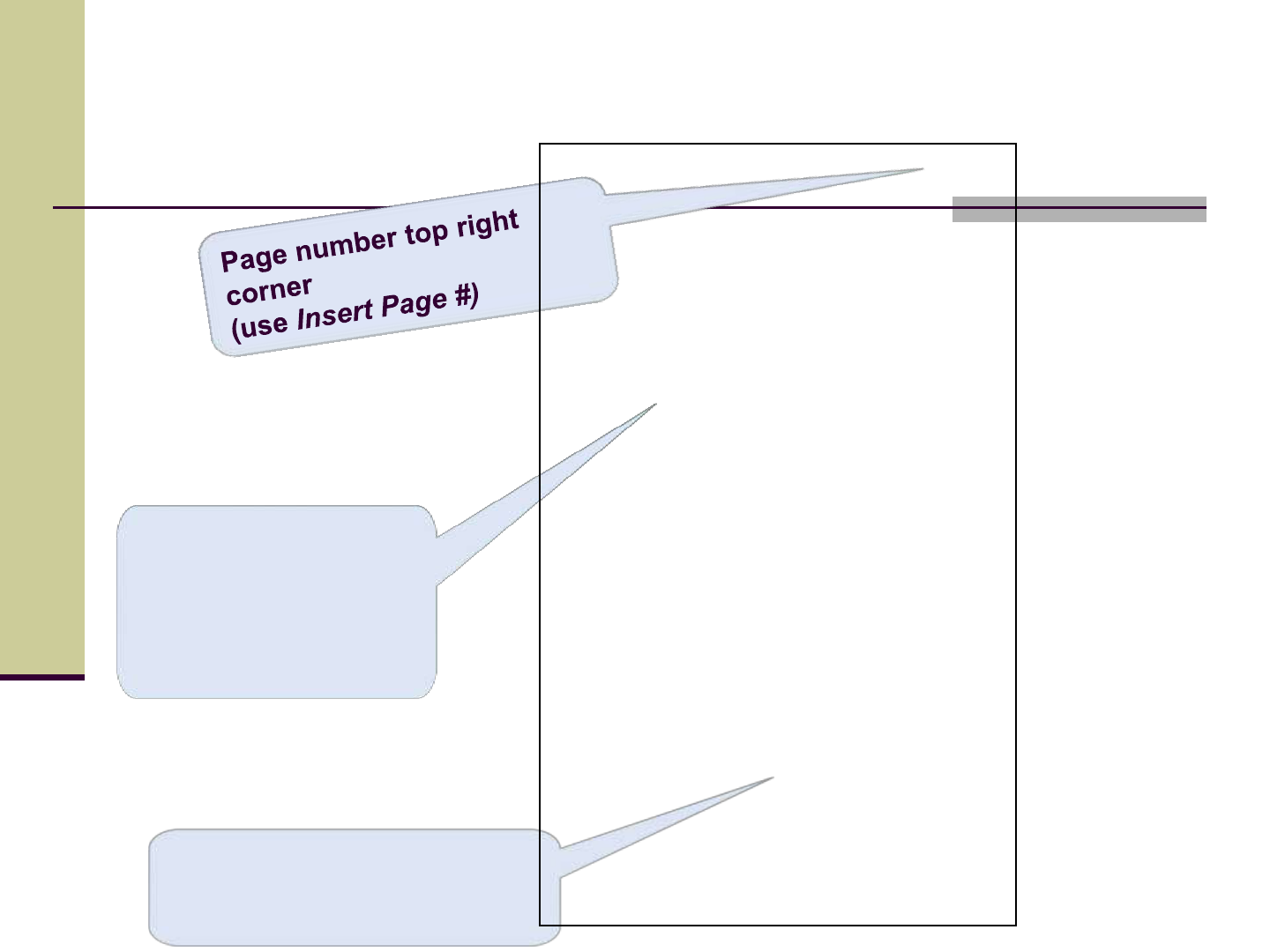
CNS Title Page
Title of Paper (bolded),
Student name, Course #
& Name in the upper half
of the page, centered
Bottom Right: Faculty
name, Date due,
right justified
1
Effects of Nutrition
Jane Student 20092346
Nursing 2013: Professional
Development
Linda Faculty
June 4, 2020
* Running
head not
needed
at CNS
* Double-
space all
text
9
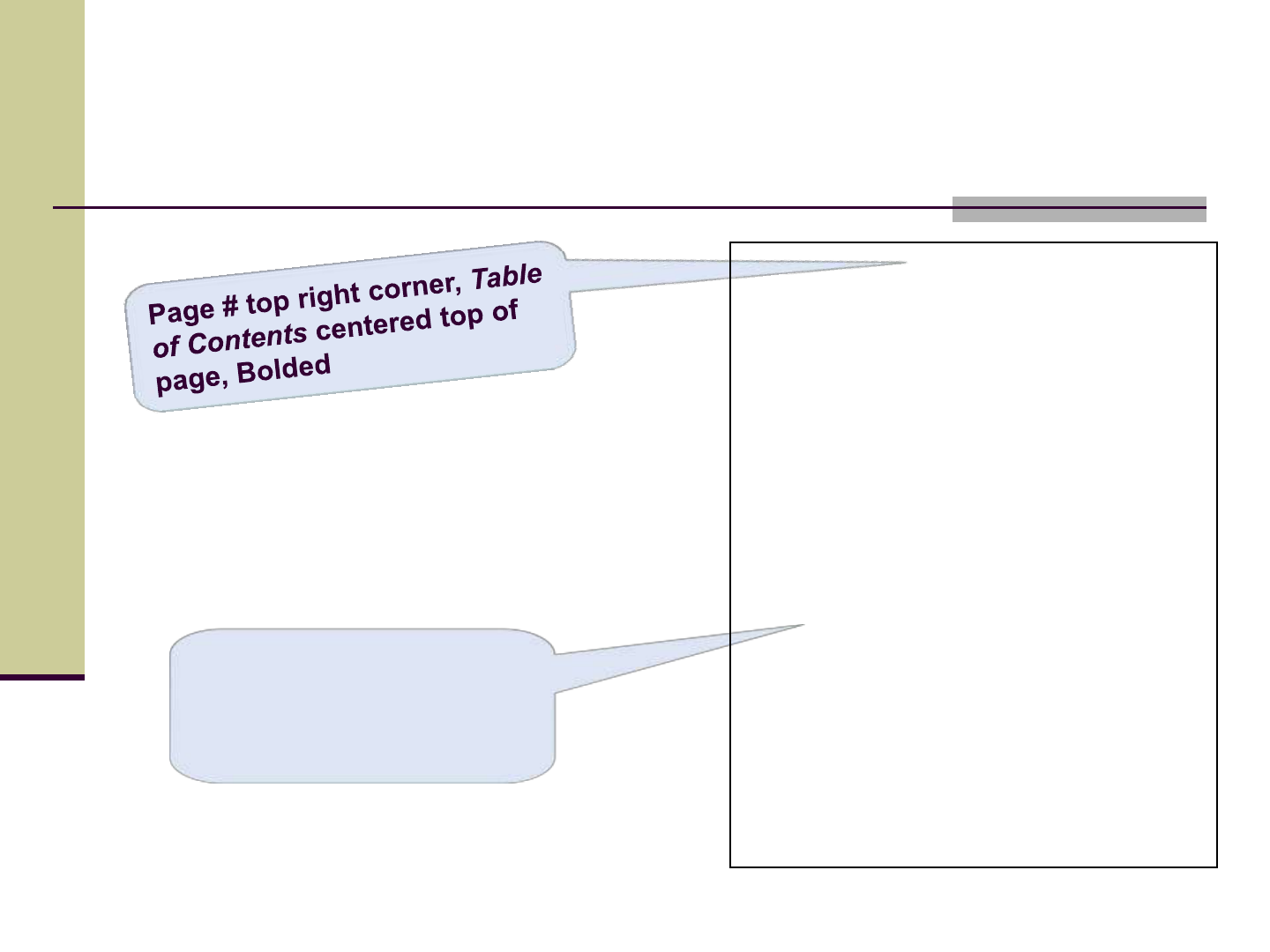
CNS Table of Contents
Include major headings
& subheadings
2
Table of Contents
Introduction 3
Types of Nursing Errors 3
Nursing Implications 5
Education 6
Practice 7
Administration 8
Research 9
Conclusion 10
References 11
* Double-space all text
10

Main Body (Text)
The text begins on page 3
Type the title of the paper centered, at the top of the page
(do not use the word “Introduction” and bold the title)
Type the text double-spaced- all sections follow each
other without a break
As you write, identify the sources you use in parenthesis
(brackets)
* these are called “in-text citations” because you
are citing them within the text of your paper
11

Main Body: APA to Know
Abbreviations
Use of Numbers
In-Text Citations
Headings
Quotes
Electronic Sources
General Writing Tips
12

Abbreviations
Write out the abbreviation the first time you use it in your
paper followed immediately by the abbreviation in
parenthesis
For rest of paper, use the abbreviation
Use consistently
According to the Canadian Nurses Association (CNA,
2018), there is a nursing shortage across Canada. The
CNA has developed a nursing recruitment and retention
strategy that employers can use to address this shortage.
There is a nursing shortage across Canada (Canadian
Nurses Association [CNA], 2018). The CNA has
developed a nursing recruitment and retention strategy that
employers can use to address this shortage.
13

Using Numbers
2 Rules
Using numbers less than 10
Using numbers greater than 10
≤ 10
Write as a word
Exceptions: age, time, unit of measurement
≥ 10
Write as a #
Exceptions: a # cannot begin a sentence
For percent: - numbers less than 10: nine percent
- Numbers greater than 10: 12%
- Starting a sentence: Twenty five percent
*See APA Manual for other examples and
exceptions to these rules
14
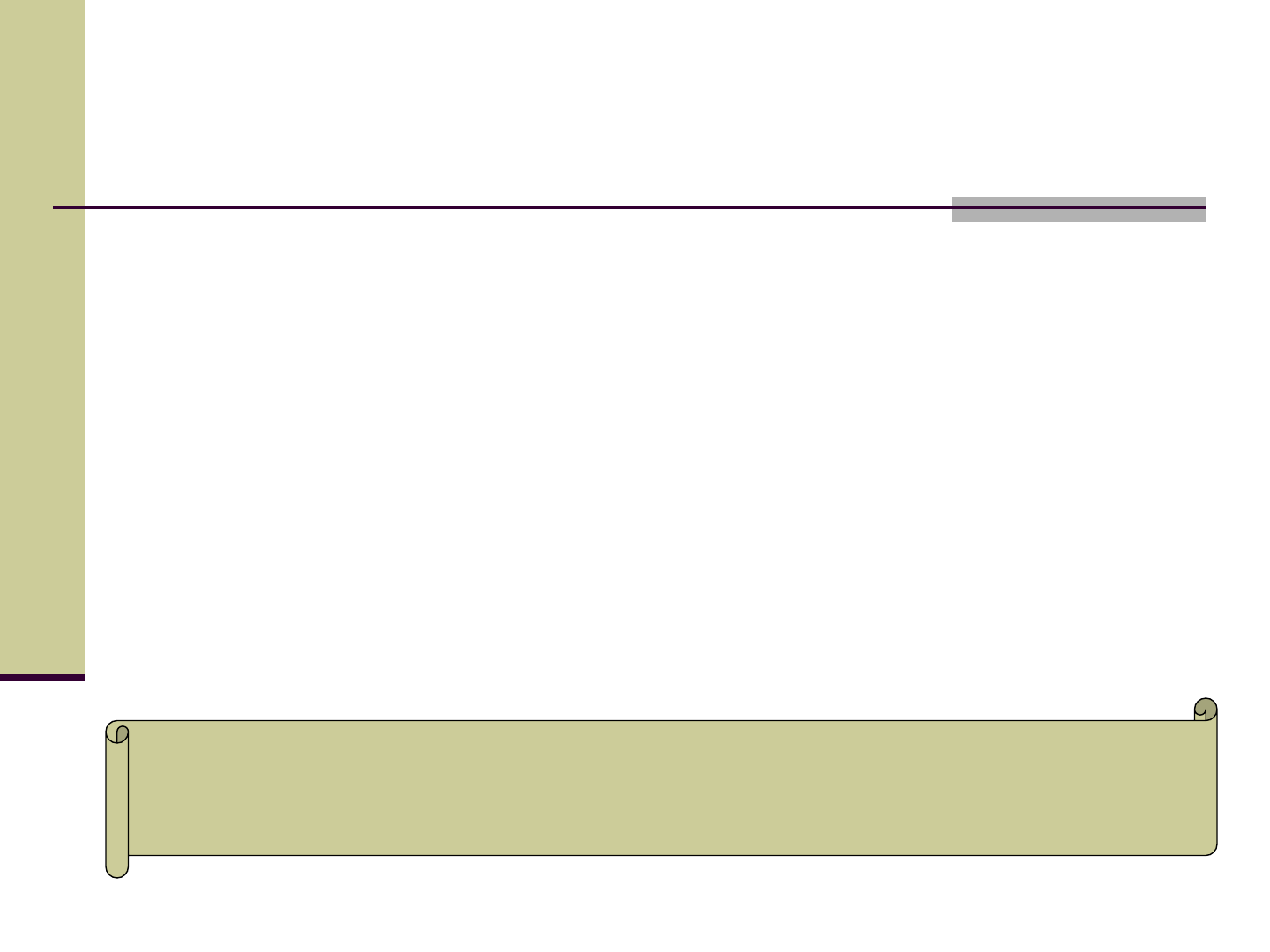
In-text Citations
the author’s last name and the date of publication
(Cassidy & Earle, 2018)
for direct quotations, provide a page number
(Cassidy & Earle, 2018, p. 56)
Whenever you use a source, you must provide the
information using the author-date format:
In-text citations help readers locate the cited
source in the reference page.
15

In-text Citations
There are 2 ways to write an in-text citation:
Include only the year in parenthesis (narrative)
Smith (2018) found that both male and female
students reported feeling anxious about entering the
clinical setting.
Include both the author and year in parenthesis
(parenthetical)
Both male and female nursing students reported feeling
anxious about entering the clinical setting (Smith,
2018).
16

In-text Citations
For all narrative in-text citations, ALWAYS write the year the
very first time you write it in a paragraph. After you write it the
first time in a paragraph, DO NOT include the year again
within the SAME paragraph. Each time you begin a new
paragraph, use the same rule. If you have a parenthetical
citation, always include the year (APA, 2020, p. 265).
Wang (2017) found that relentless pain, aching, and joint
deterioration are some of the characteristics of osteoarthritis.
Wang also discovered that many elders have reported
difficulties with housework, yard work and other activities of
daily living. A decline in particular physical activities and
responsibilities may signal the beginning of osteoarthritis
(Wang, 2017).
17

In-text Citations
Using a source with 1 author is easy BUT….
There are 3 rules to know :
one work with 2 authors
one work with 3 or more authors
more than 1 work with more than 1 author
The terms “work” and “source” mean the same thing
See the APA manual for other rules
&
examples
18

In-text Citations: 2 Authors
When citing a work with two authors, use “and”
in between authors’ name when in the text; BUT use “&” between
their names when in parenthesis
According to feminist researchers Raitt and Tate (2018), “It is no
longer true to claim that women's responses to the war have been
ignored” (p. 2).
Some feminist researchers question that “women's responses to the
war have been ignored” (Raitt & Tate, 2018, p. 2).
* Note that page # is included for a direct quote.
19

In-text Citations: 3 or More Authors
When using a source with 3 or more authors, identify
the first author’s name followed by “et al.” every time it’s
used in the paper
Smith et al. (2018) maintained that….
(Smith et al., 2018)
** Always put a period after et al..
20

In-text Citations: Two or More Sources
When the citation in parenthesis includes 2 or more
sources, put them in alphabetical order (i.e.: the same
order they appear in the reference list) by the author’s
last name & the year of publication separated by a
semi-colon
(Kachru, 2017; Smith et al., 2018)
21
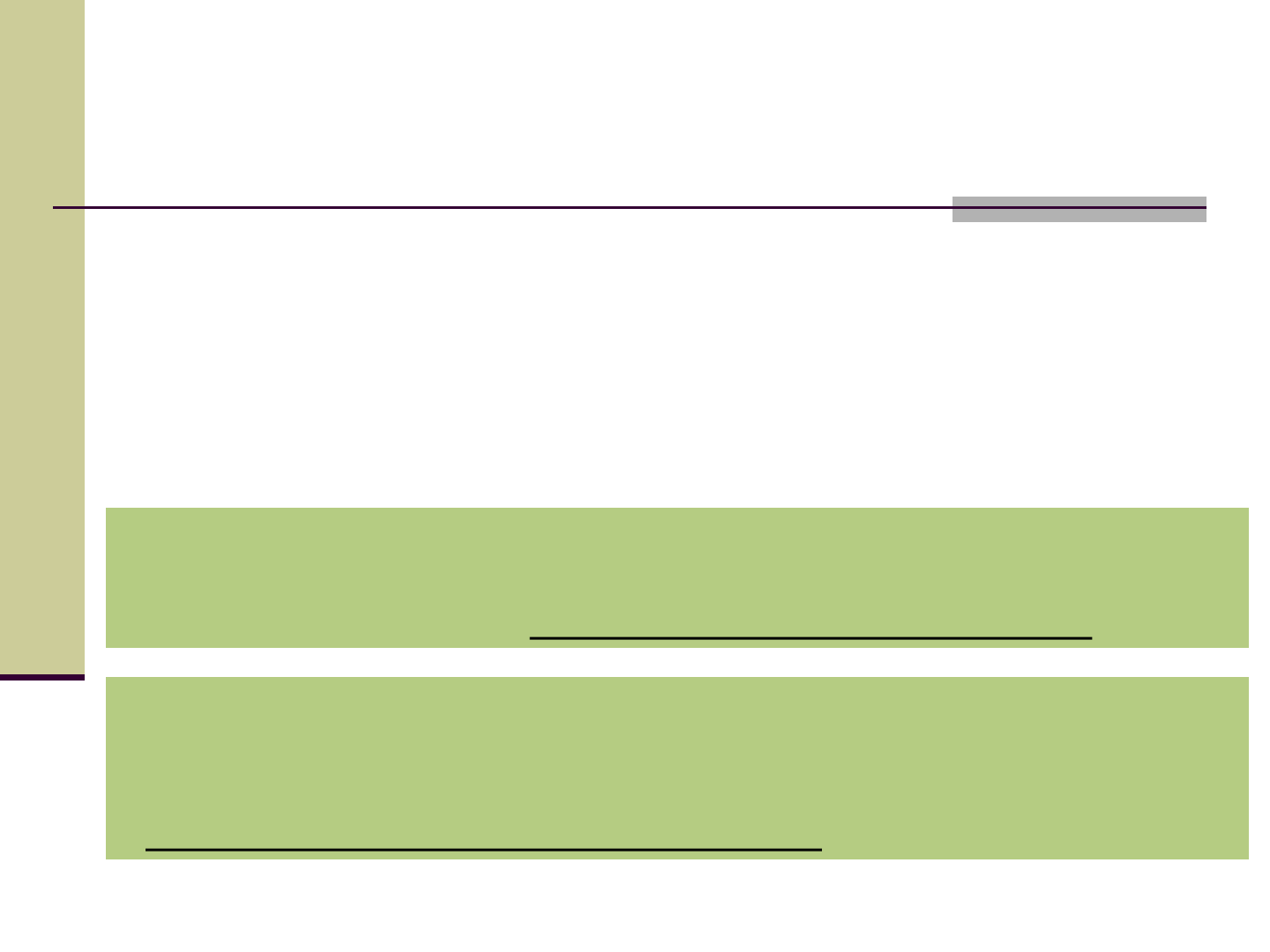
How to cite multiple articles by the same authors that were
published in the same year so that everyone can easily tell
them apart.
Lowercase letters are added after the year (2011a, 2011b,
etc.), and the references are alphabetized by title to
determine which is “a” and which is “b.” Here is an example:
Koriat
, A. (2008a). Easy comes, easy goes? The link between learning
and remembering and its exploitation in metacognition. Memory &
Cognition, 36, 416–428. https://doi.org/10.3758/MC.36.2.416
Koriat, A. (2008b). Subjective confidence in one’s answers: The
consensuality principle. Journal of Experimental Psychology:
Learning, Memory, and Cognition, 34, 945–959.
https://doi.org/10.1037/0278-7393.34.4.945
Same Author and Same Year
22

Marewski, J. N., Gaissmaier, W., & Gigerenzer, G. (2010). Good
judgments do not require complex cognition. Cognitive Processing,
11, 103–121. https://doi:10.1007/s10339-009-0337-0
Marewski, J. N., Gaissmaier, W., Schooler, L. J., Gold, D. G., &
Gigerenzer
, G. (2010). From recognition to decisions: Extending and
testing recognition-based models for multi-alternative
inference. Psychonomic Bulletin & Review, 17, 287–309.
http://doi:10.3758/PBR.17.3.287
The first in-text citations to each of these articles would be as
follows:
•(Marewski, Gaissmaier, & Gigerenzer, 2010)
•(Marewski, Gaissmaier, Schooler, Gold, & Gigerenzer, 2010)
The solution is to spell out as many names as necessary (here, to
the third name) upon subsequent citations to tell the two apart:
•(Marewski, Gaissmaier, & Gigerenzer, 2010)
•(Marewski, Gaissmaier, Schooler, et al., 2010)
Not Quite Identical
23

Secondary Sources
Use secondary sources sparingly
Give secondary source in the reference list
In text, name the original work and give a citation
for the secondary source
Example: you found a quotation from Culver that you wish to
use in your text. But, you found this information in Jones and
were unable to locate Culver’s original source. For this
reference, Culver is the primary source, and Jones is the
secondary source. Name the primary source in your text, but the
reference and citations will credit the secondary source:
If there is a date include that as well
Ex Allport (2012) suggested in his diary that… (as cited in Nicholson, 2014).
OR Some researchers have strong opinions… (Allport as cited in Nicholson, 2014)
24

According to Culver (as cited in Jones, 2018),
learning APA "can be tough, but like any skill, it just
takes practice" (p. 23). In addition, the mastery of
APA increases an author's chance of scoring well on
an assignment (Culver as cited in Jones, 2018).
25
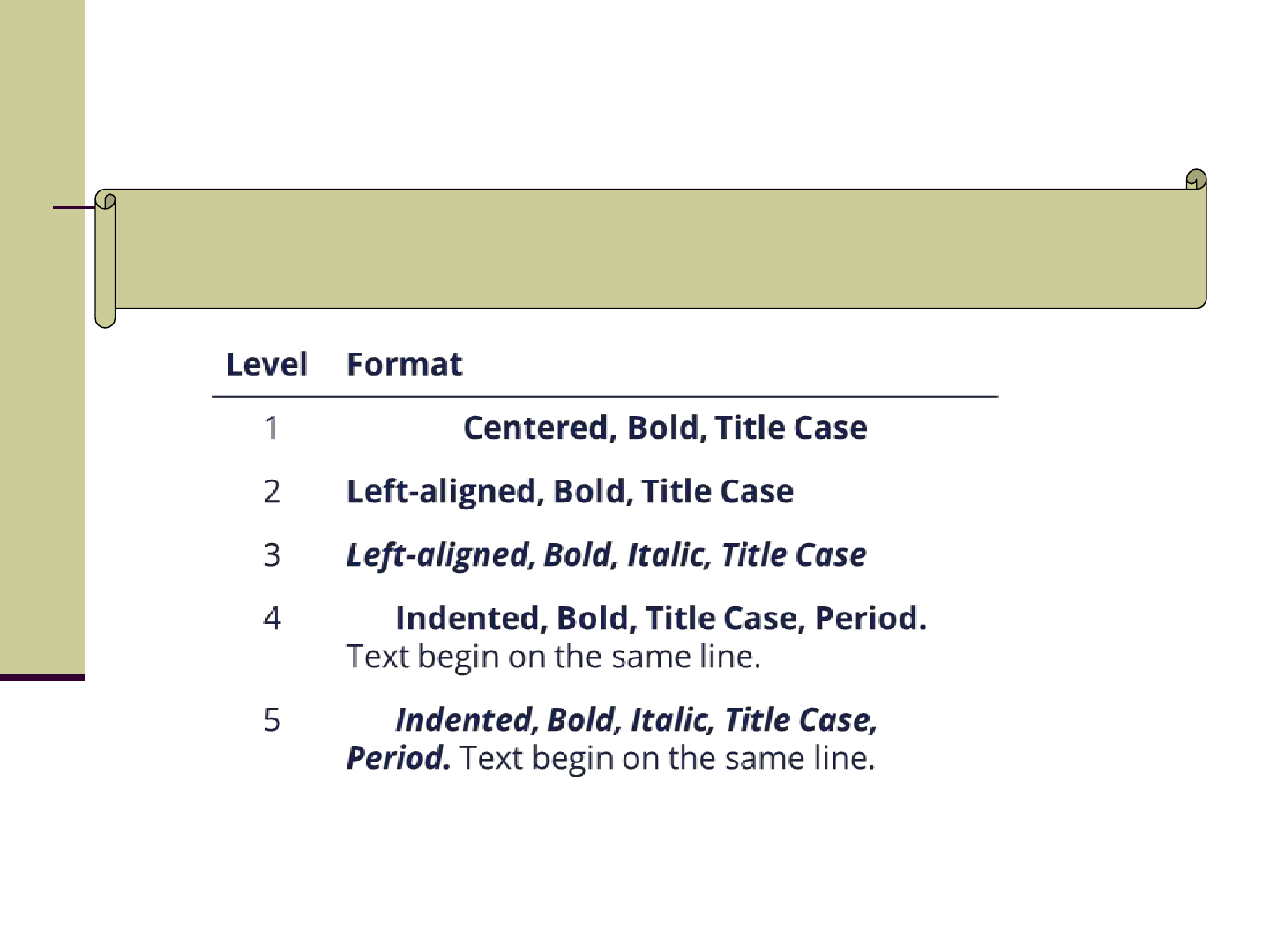
APA Headings
The choice of a heading level depends on how many types
of headings you are using your paper.
26
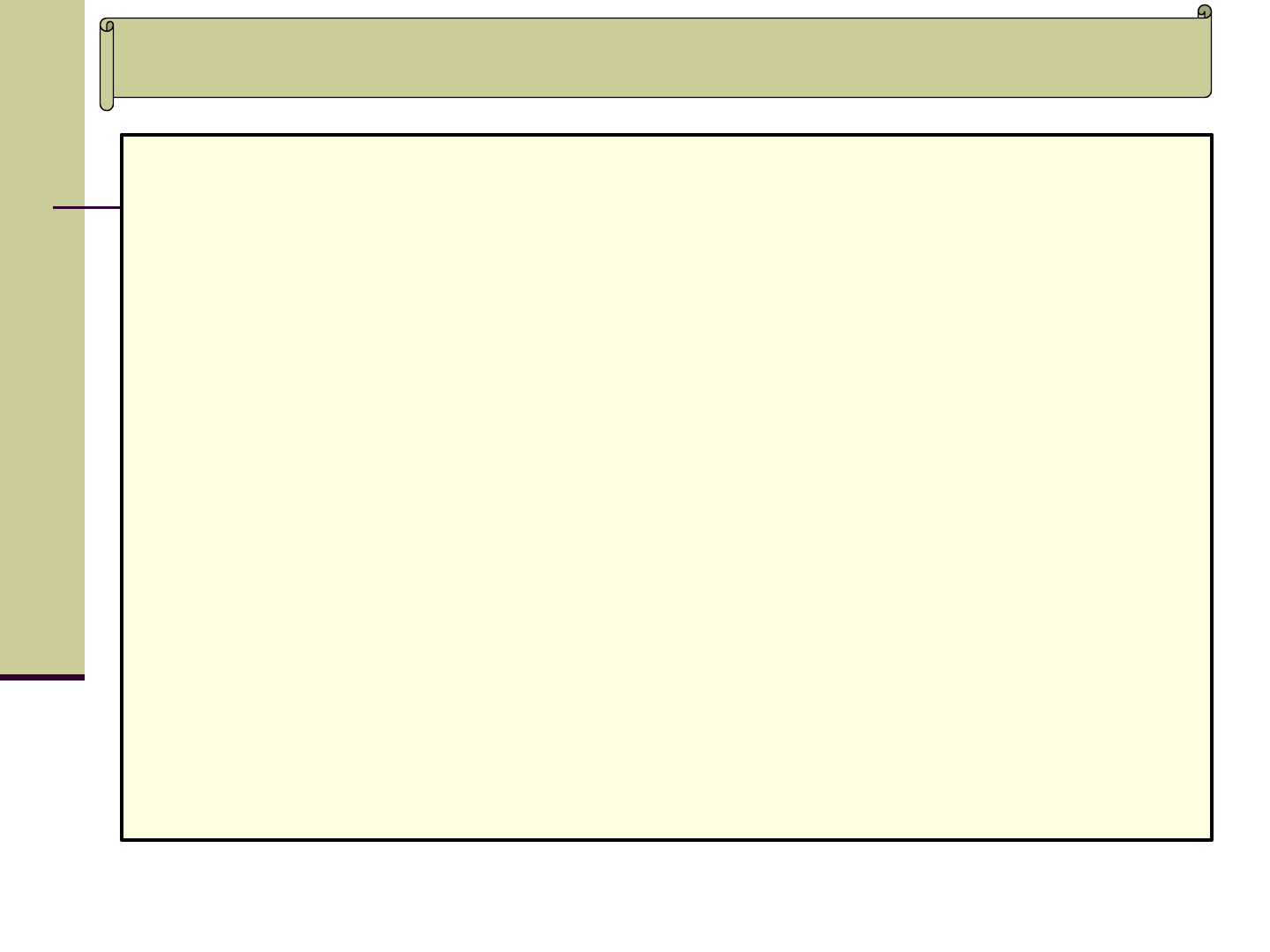
APA uses a system of five heading levels
Methods (level 1)
Site of Study (level 2)
Participant Population (level 2)
Teachers attitudes (level 3)
Teachers pay. The government role … (level 4)
Test one. The subjects in the first trial… (level 5)
Spatial Ability (level 2)
Study Method (level 2)
Conclusion (Level 1)
More examples of level 3, 4 and 5 in APA Manual, inside cover and p. 167
Sample papers in pocket guides only use two levels of headings
27

Using Direct Quotes
2 rules when using quotes:
Quotes with less than 40 words
Write paragraph as usual & include
components in quotation marks within sentence
Quotes with more than 40 words (block quotation)
Must be separated
(APA, 2020, pp. 270-8)
Very rarely will you need to use block quote in undergrad papers
28
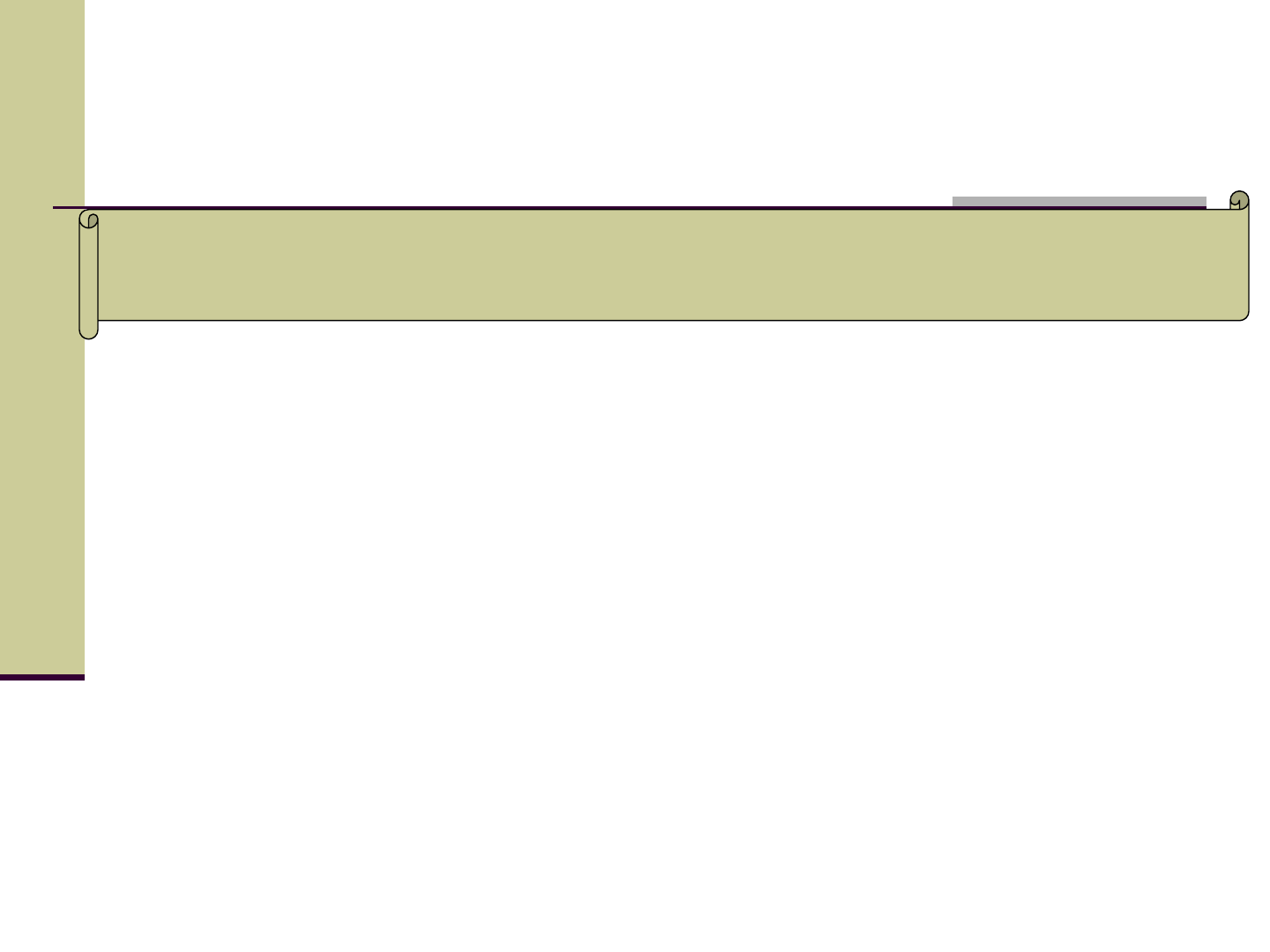
Using Direct Quotes con’t
Introduce quotations with phrases. *Use quotes sparingly*
According to Smith (2018), “.….” (p. 3).
Smith (2018) argued that “……” (p. 3) supporting the
popular view.
A researcher recently argued that “…...” (Smith, 2018, p. 3).
Use such verbs as: acknowledge, contend, maintain, respond,
report, argue, conclude
All quotes include the author’s name, the year of publication,
& the page number if a direct quote.
*Instructors want to see students being able to synthesize and incorporate research and articles
into your writing not just quote what authors say*
29

Using a Direct Quote: Less than 40 Words
Caruth (2017) stated that a traumatic response
frequently entails a “delayed, uncontrolled repetitive
appearance of hallucinations and other intrusive
phenomena” (p. 11).
A traumatic response frequently entails a “delayed,
uncontrolled repetitive appearance of hallucinations
and other intrusive phenomena” (Caruth, 2017, p. 11).
** Period after the parenthesis
** Use quotation marks for quotes of this size
30

Electronic Sources
Many types of documents & research available online
Use caution and discretion with online sources
There are new examples in the APA manual (p. 348) for how to
cite source types including: Podcasts, YouTube and social media
platforms (Facebook, twitter, Instagram, etc.)
If the paragraphs are not numbered and the document includes
headings, provide the appropriate heading and specify the paragraph
under that heading.
Not all Internet sources have a title and copyright pages If
electronic source lacks page numbers, locate and identify paragraph
number/paragraph heading
According to Smith (2018), “…...” (Mind over Matter section,
para. 6)
31
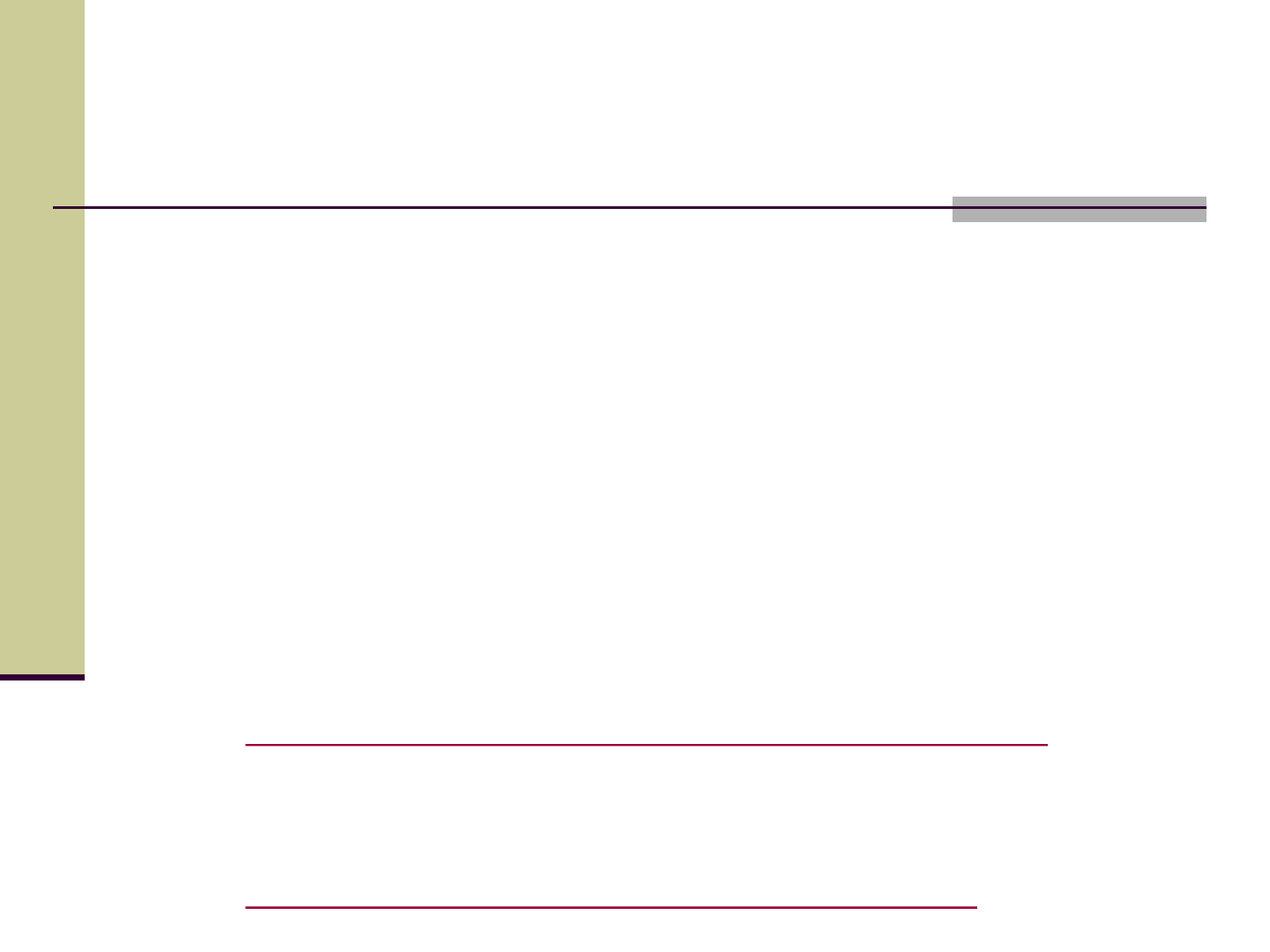
Principles for Citing E-sources
APA 7th ed. does not require URLs or database
information for articles from a database e.g. CINAHL.
If you find an article on the "open web" (i.e., Google),
you need the URL or doi (digital object identifier). Both
should be in URL format
Walker, A. (2019, November 14). Germany avoids recession
but growth remains weak. BBC News.
https://www.bbc.com/news/business-50419127
Brück, M. (2009). Women in early British and Irish astronomy:
Stars and satellites. Springer Nature.
https://doi.org/10.1007/978-90-481-2473-2
32
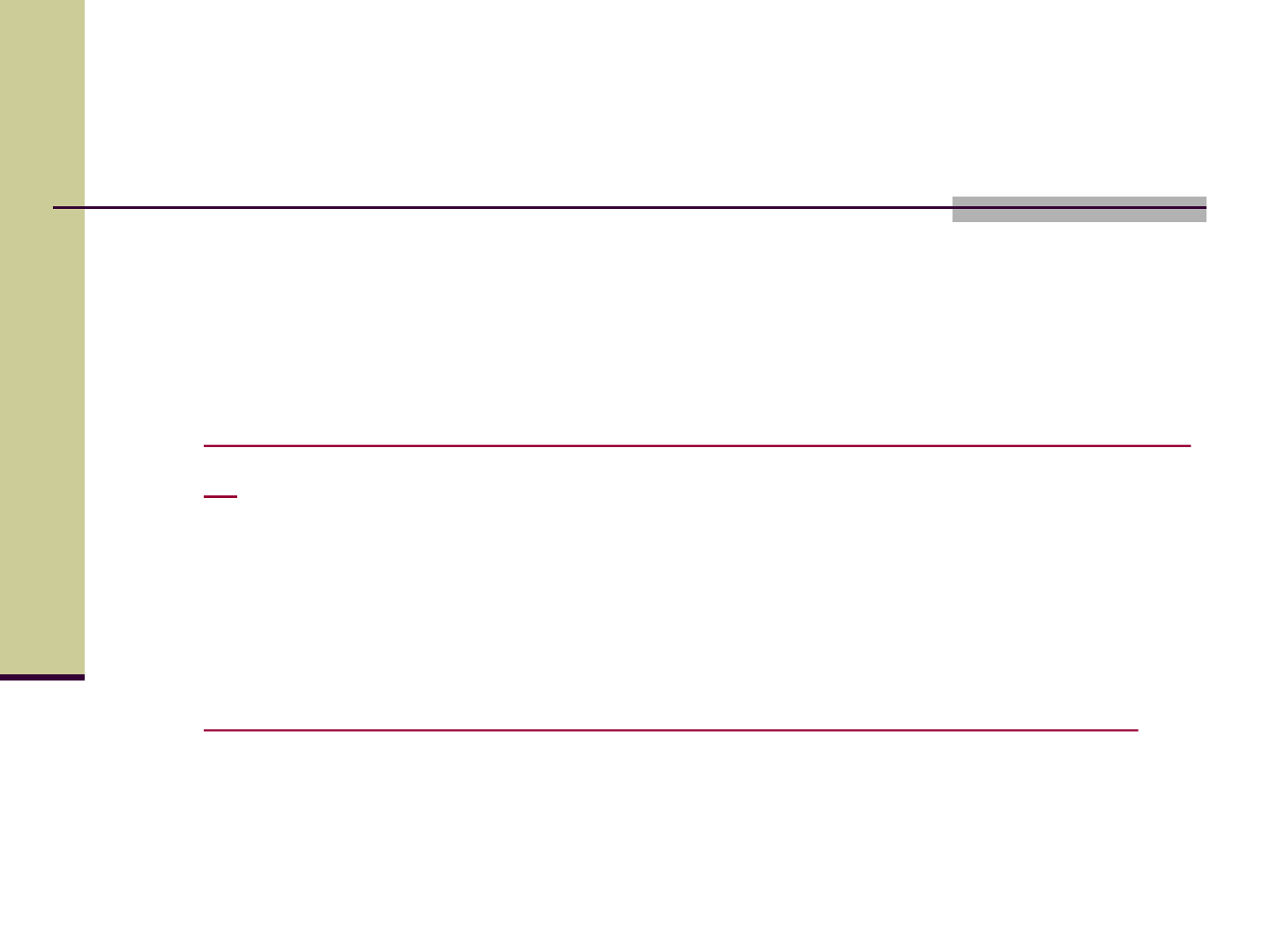
Electronic Version of Entire Book
For books available in print and online
Perry, A. G., Potter, P. A., & Ostendorf, F.A. W. (2018).
Clinical nursing skills and techniques (9th ed.). Elsevier.
https://evolveebooks.elsevier.com/#/books/978032340069
5/
Electronic book only
O’Keefe, S., & Gamble, R. E. (2018). Nursing in community
clinics (2
nd
ed.).
http://www.onlineoriginals.com/show.asp?itemID=137
33

Lecture Notes
If the slides come from a classroom website, learning management system
(like Brightspace), or company intranet and you are writing for an audience
with access to that resource, provide the name of the site and its URL (use
the login page URL for sites requiring login).
Carter, S. (2018). Communicating with the elderly. [PowerPoint slides].
Brightspace@MUN. https://online.mun.ca/d2l/home
Parenthetical citation: (Carter, 2018)
Narrative citation: Carter (2018)
If the audience for which are you writing does not have access to the slides,
cite them as a personal communication. There would be no reference item
and you would only have an in-text citation for a personal communication
that would look something like this:
According to S. Carter (personal communication [Lecture notes], September
12, 2018) the meaning of life is...
OR
(S. Carter, personal communication [Lecture notes], September 12, 2018)
34
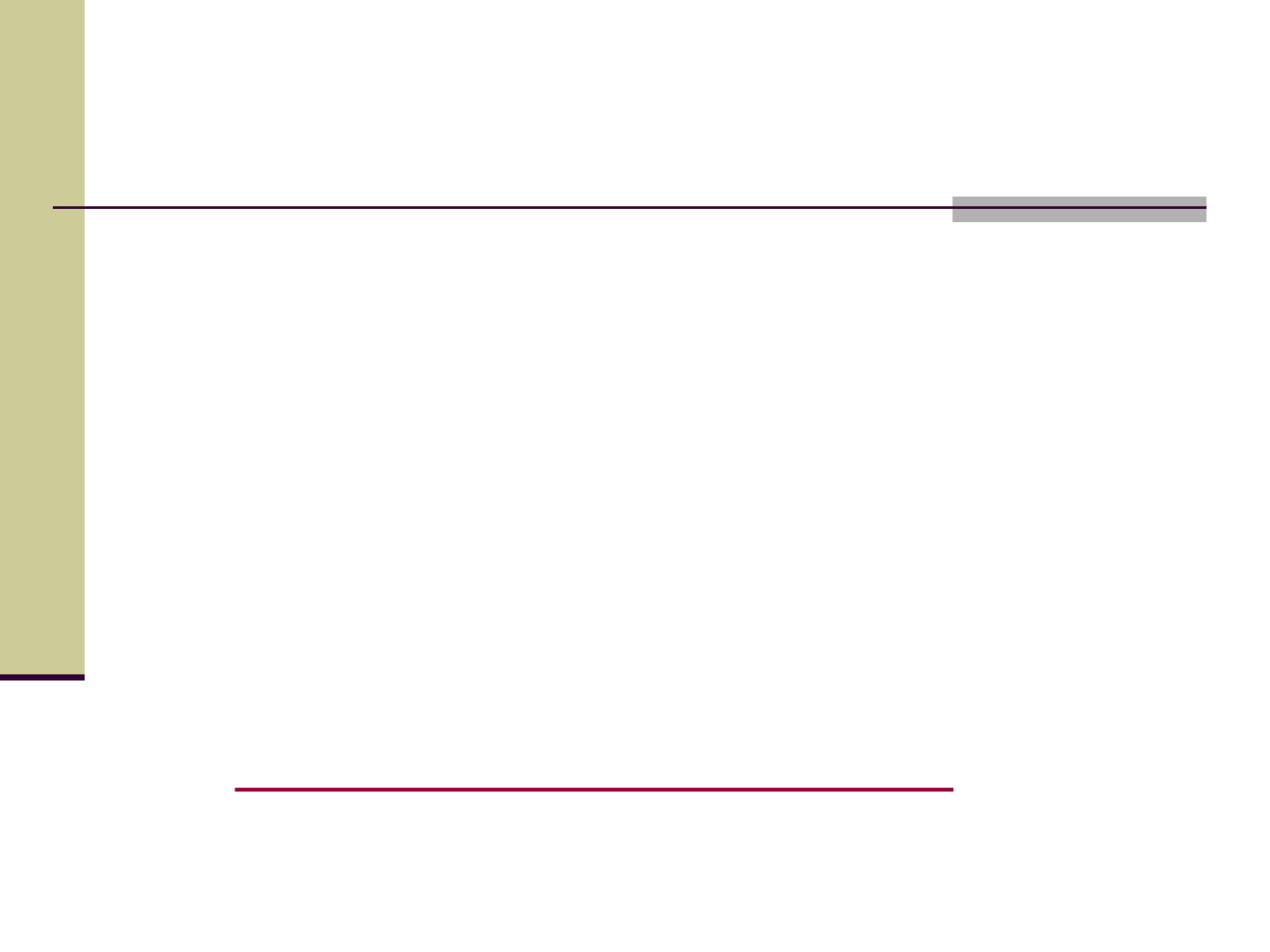
Electronic Sources: DOI
Digital Object Identifier (DOI) now being used: a unique
code that provides a consistent link to the source
Include the DOI (instead of URL) whenever it’s listed on the
document for print and electronic sources, but write it like a
URL
Trask, S. (2017). An insider perspective of daily stress and
coping in elders with arthritis. Orthopedic Nursing
Journal, 27, 182-189.
http://doi.org/10.1037/00029432.76.4.482
35

To create correct citations, ask yourself:
1. Did I find this article in print? If yes, no URL is
needed.
2. Did I find this article in a database? If yes, no
URL is needed.
3. Did I find this article on the open web? If yes, then
include the doi (if given) or the URL of the home
page.
36

Reference Page
Center References at the top of the page bold
Double-space all entries
First line of the entry flush left
Subsequent lines indent (“hanging indent”)
(Control Tab)
Order entries alphabetically by the first author’s
surname
37

Reference Page
Invert authors’ names (last name first followed by initials)
Pagination
Authors with same last name and year of publication: use ‘a’ or
‘b’ to denote source
Capitalize:
* first letter of the first word of a title and subtitle
* the first word after a colon
* proper nouns
38

References
American Psychiatric Association. (2014). Diagnostic and
statistical manual of mental disorders (4th ed.).
Author.
Green, R. (2017). Family co-occurrence of “gender dysphoria”:
Ten sibling or parent-child pairs. Archives of Sexual
Behavior, 29(5), 49-55. http://www.springer.com
Herbst, D. M., Griffith, N. R., Koe, J., Smith, S., Row, G., Clay,
H., Lewis, F., Lee, L. H., Cox, G., Harris, H. L.,
Martin, P., Gonzalez, W. L., Hughes, W., Carter, D.,
Campbell, C., Baker, A. B., Flores, T., Gray, W. E.,
Green, G., … Salma, K. M. (2017). Rodeo cowboys:
Conforming to masculine norms. Journal of Rural
Mental Health, 38, 20–35.
http://doi.org/10.1037/rmh0000008
40
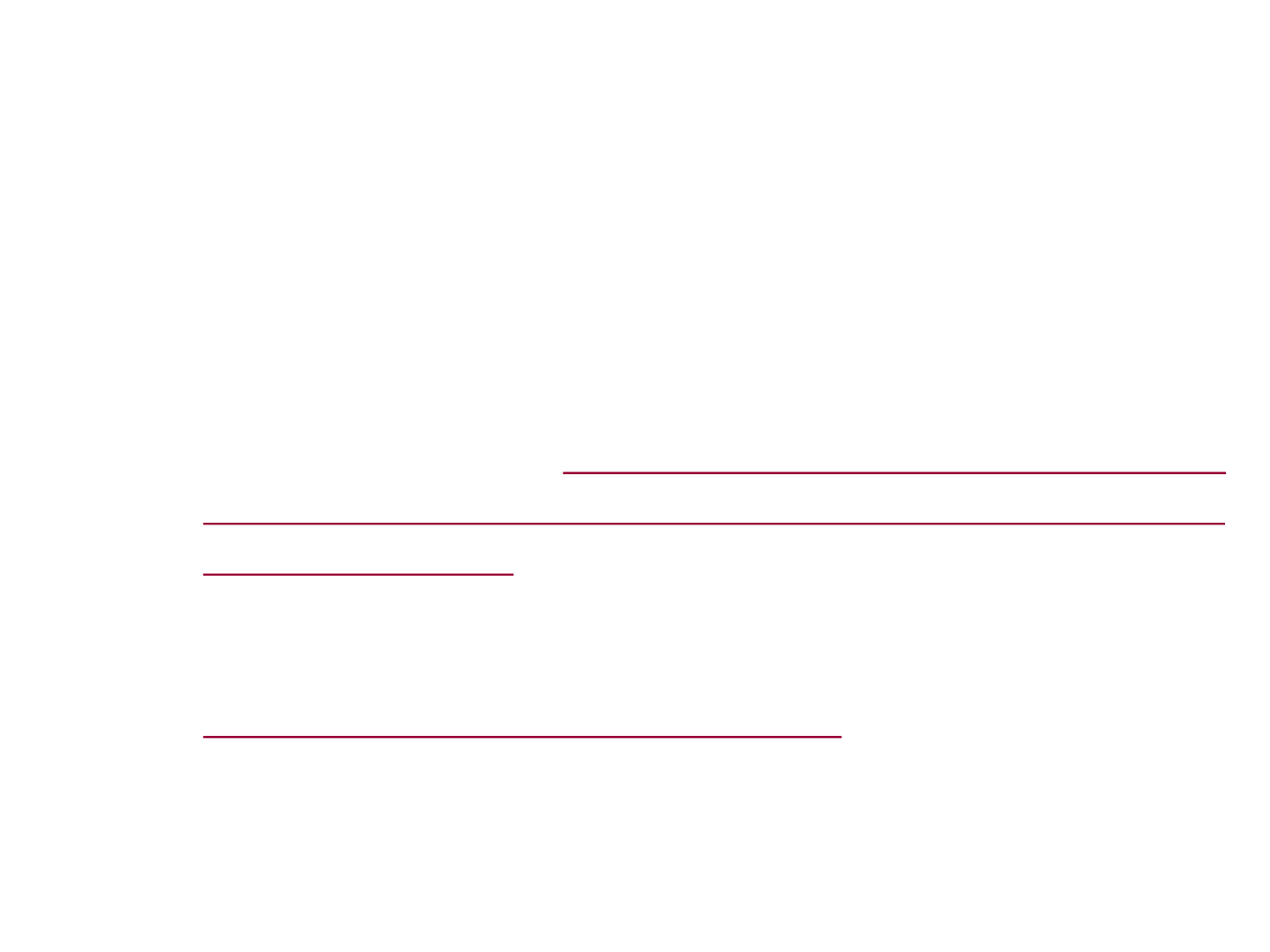
Heart and Stroke Foundation of Canada. (2018). How to increase
your lung health [Brochure]. Author.
Merriam-Webster’s collegiate dictionary (15th ed.). (2015).
Merriam-Webster.
Statistics Canada. (2008). Aboriginal peoples in Canada in 2006:
Inuit, Métis, First Nations, 2006 census. (Catalogue number
97558XIE2006001). http://www12.statcan.ca/censusrecense
ment/2006/assa/97558/indexeng.cfm?CFID=3480264&CFT
OKEN=92888761
Trapper, F. D., & Smith, E. (2014a). Nursing in the emergency
department. ORNJ, 34, 432-440.
http://doi.org/.S334004/FR30213.012
Trapper, F. D., & Smith, E. (2014b). When nurses call a code.
Canadian Nurse, 34(2), 23-30.
41
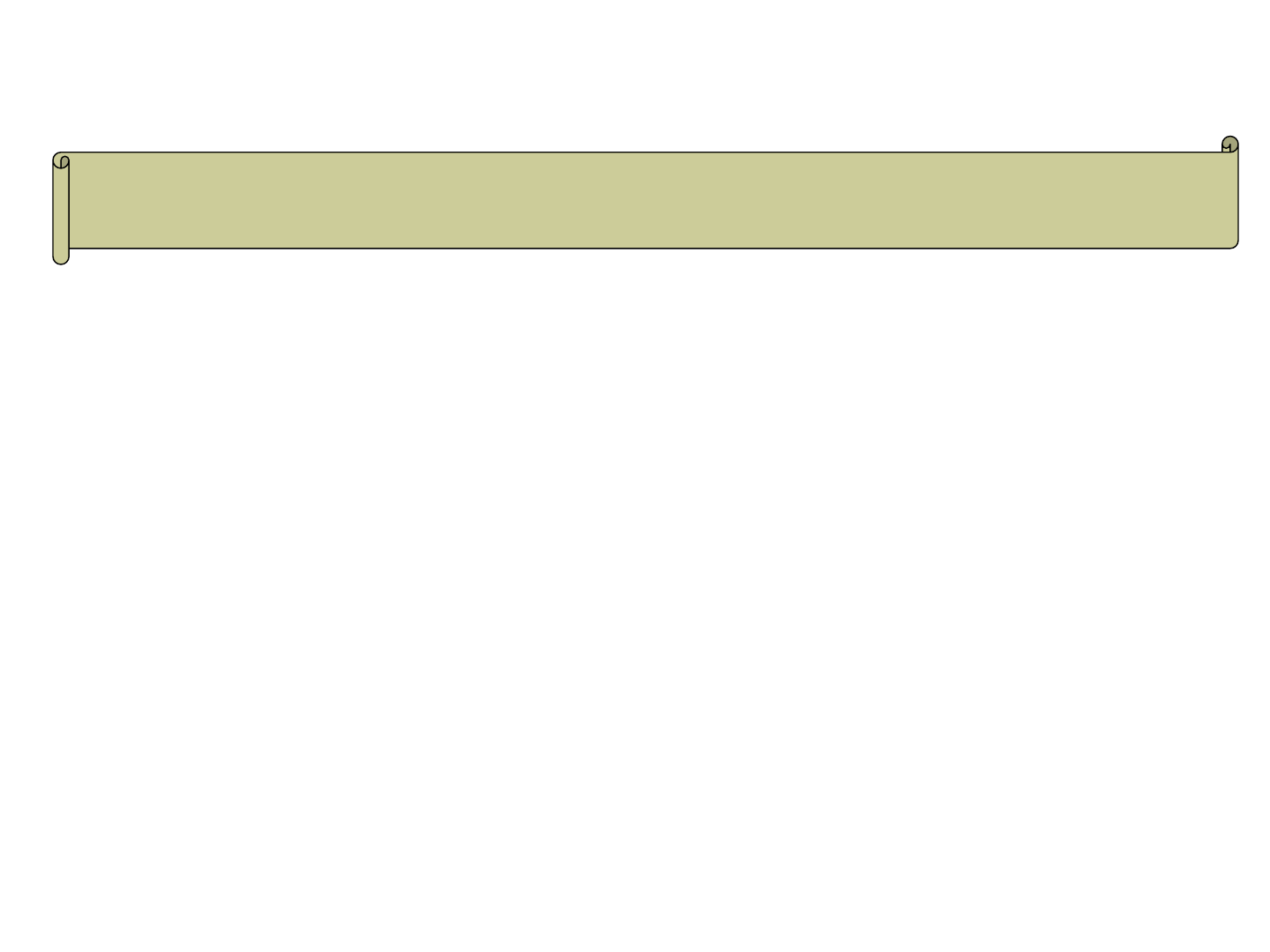
Tips for Reference Page
Identify a type source: Is it a book? A journal article? A webpage?
“Mirror” samples of citing a type of source in your
APA Manual:
You don’t need to include Publisher locations, or where the article
was retrieved from unless a specific date is needed
Include the website name if it is different than the author
All in-text citations should appear on your reference list; all entries
on your reference list should appear within your paper
When there are more than 20 authors, in the reference list,
write the first 19 then use … and write the last author.
APA is a complex system of citation, which is difficult to keep in mind.
When compiling the reference list, the strategy below might be useful:
42
